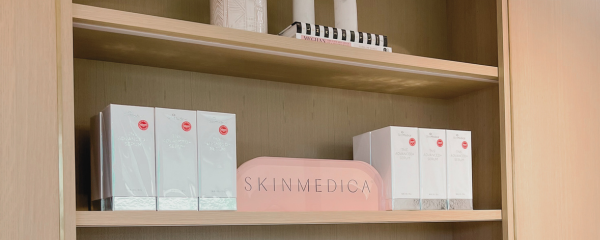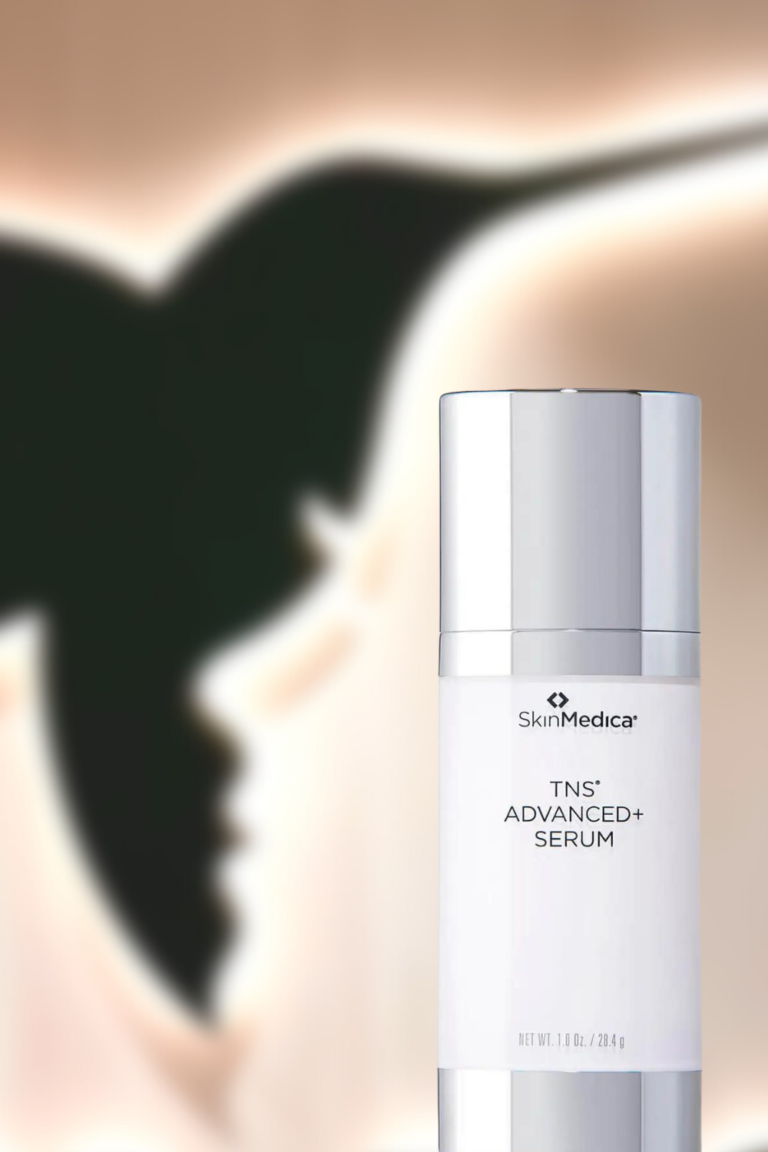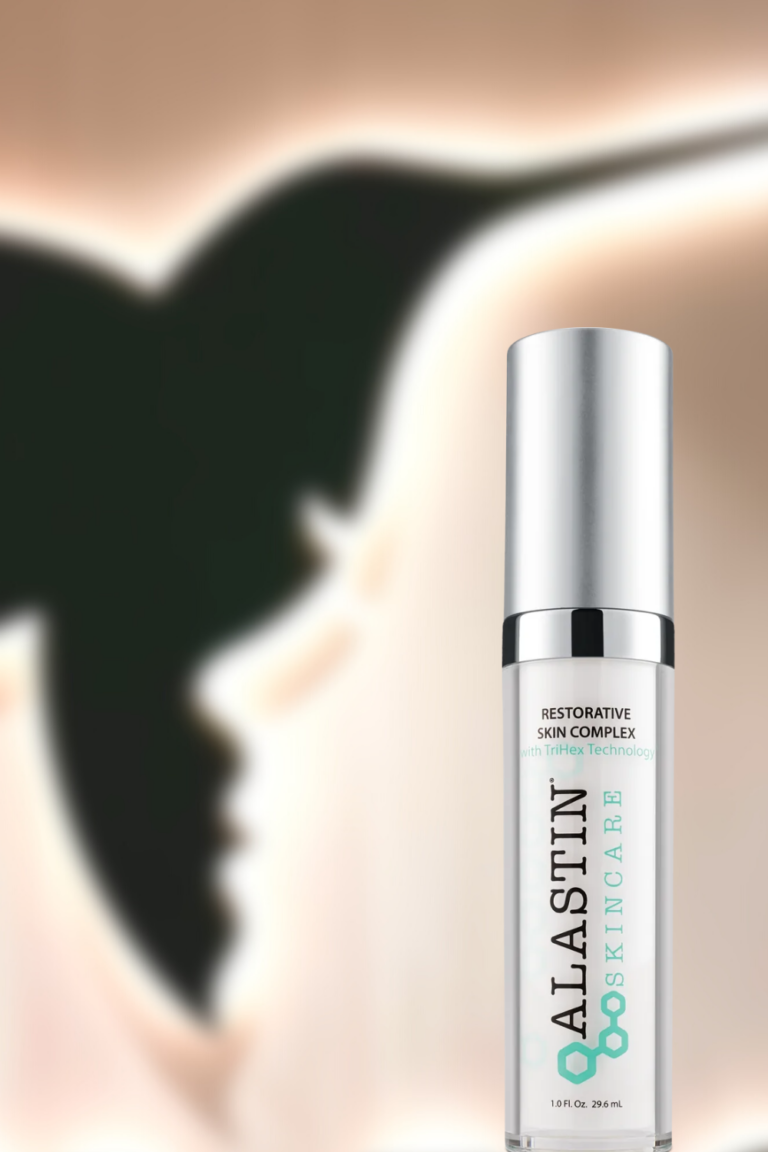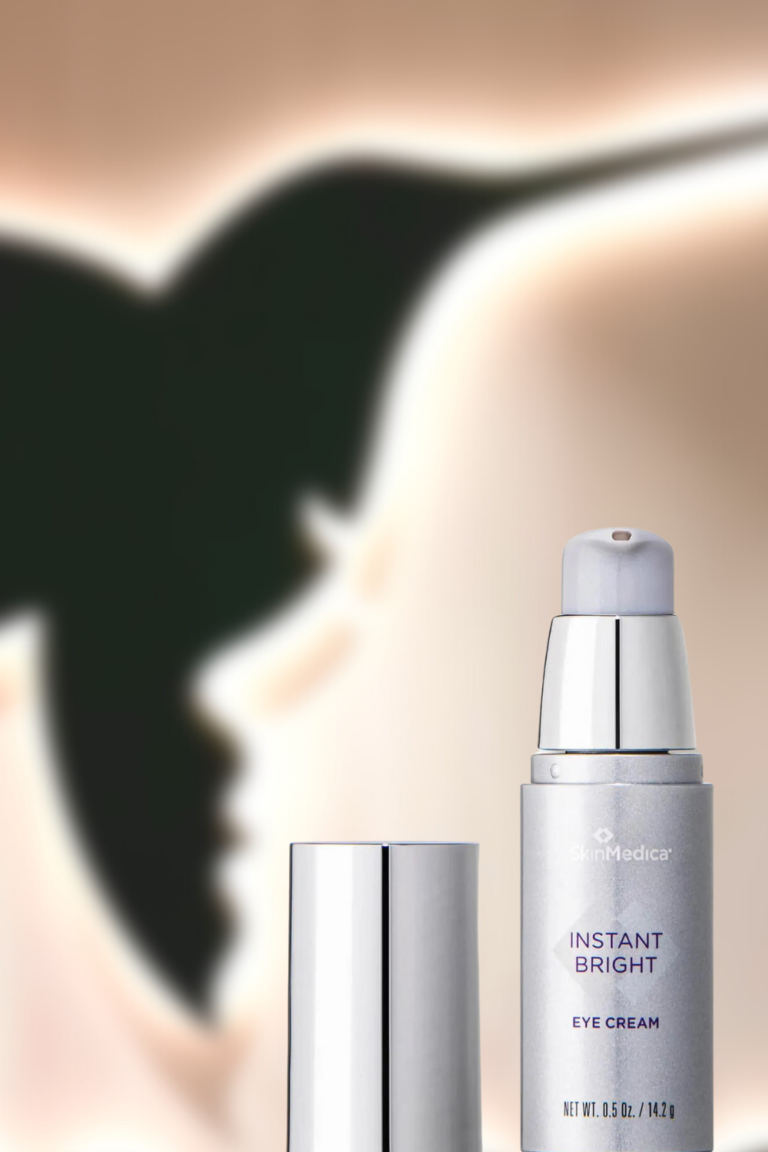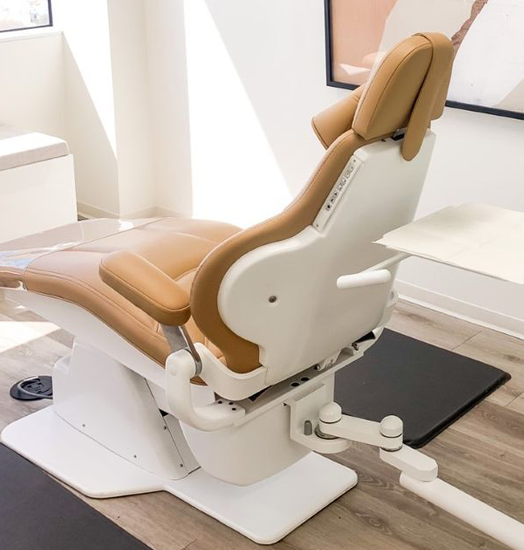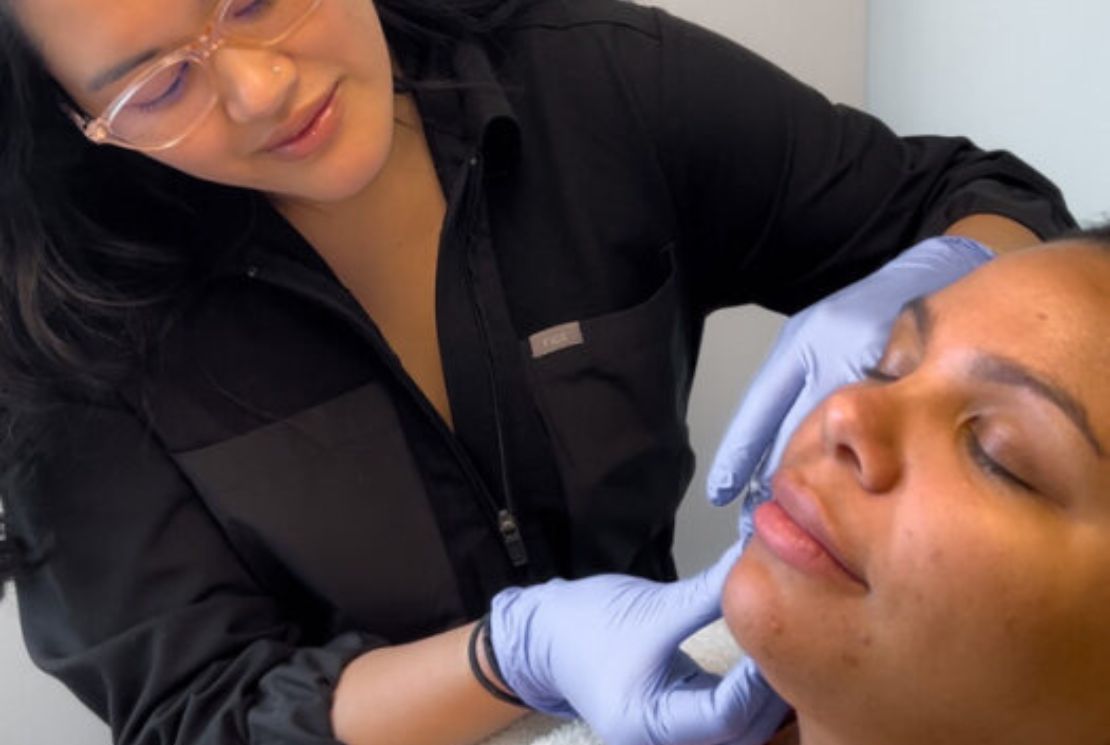
Scar tissue can be a distressing reminder of past injuries or surgeries. Fortunately, advances in cosmetic treatments have made dermal fillers a viable option for reducing the appearance of scars. Here’s a look at how dermal fillers can reduce scar tissue.
Understanding Dermal Fillers
Dermal fillers are injectable substances used to fill in wrinkles, add volume to soft tissues, and improve the skin’s overall contour. When it comes to scar treatment, fillers help by elevating the depressed scar tissue to the level of the surrounding skin, effectively making the scar less noticeable. Common fillers used for this purpose include hyaluronic acid, poly-L-lactic acid, and calcium hydroxylapatite, which are biocompatible and safe for most patients.
Types of Scars Treated with Dermal Fillers
Dermal fillers are particularly effective for atrophic scars, which are characterized by a sunken appearance and are commonly caused by acne or chickenpox. These types of scars respond well because fillers can plump up the indented skin. However, not all scar types are suitable for filler treatments. For example, keloids or very thick, raised scars might not see as much benefit from dermal fillers.
Effectiveness and Duration
The effectiveness of dermal fillers for scars depends on the type of filler used and the individual’s skin type. Hyaluronic acid fillers are popular due to their gel-like consistency and temporary results, which last from 6 to 18 months before the body gradually absorbs the filler. This temporary effect allows patients to assess their satisfaction with the results before committing to a long-term solution.
Suitability and Safety
While dermal fillers are generally safe, they are not suitable for everyone. A thorough consultation with a dermatologist or cosmetic surgeon is necessary to determine if dermal fillers are the best option for your scar type and skin condition. During this consultation, the practitioner will assess the scar, review your medical history, and discuss potential risks and side effects such as allergic reactions or temporary bruising.
Dermal Filler Treatment and Ongoing Care
Post-treatment care is crucial for maximizing the effectiveness of dermal fillers in scar treatment. Patients are advised to avoid excessive sun exposure and to use sunscreen to protect the treated area. It’s also important to follow any specific care instructions provided by your healthcare provider. Regular follow-up appointments are necessary to monitor the results and decide if additional filler injections are needed as the effects wear off.
Now that you know more about using dermal fillers for reducing scar tissue, you can decide whether this treatment is right for you. If you’re considering this option, consult with a qualified specialist to ensure the best results from your dermal filler treatment.






